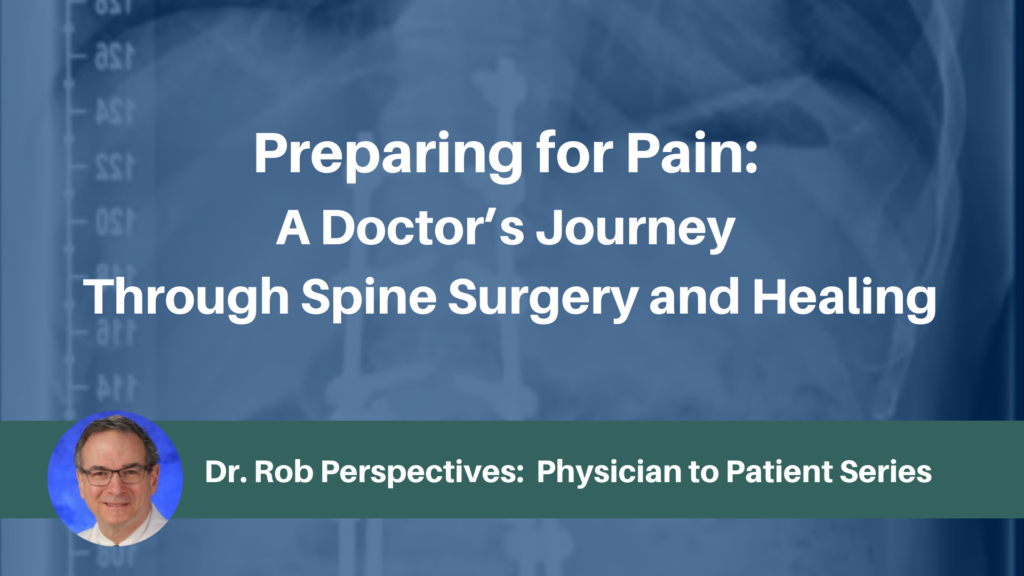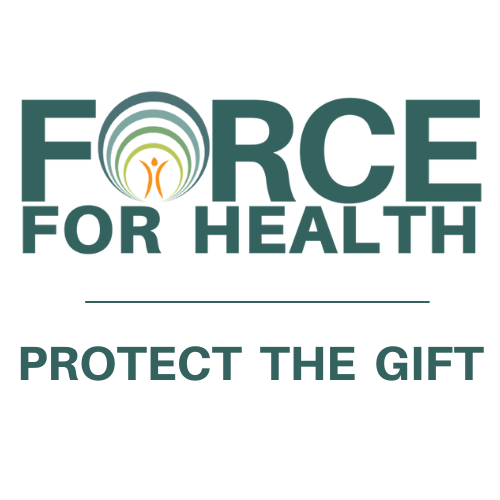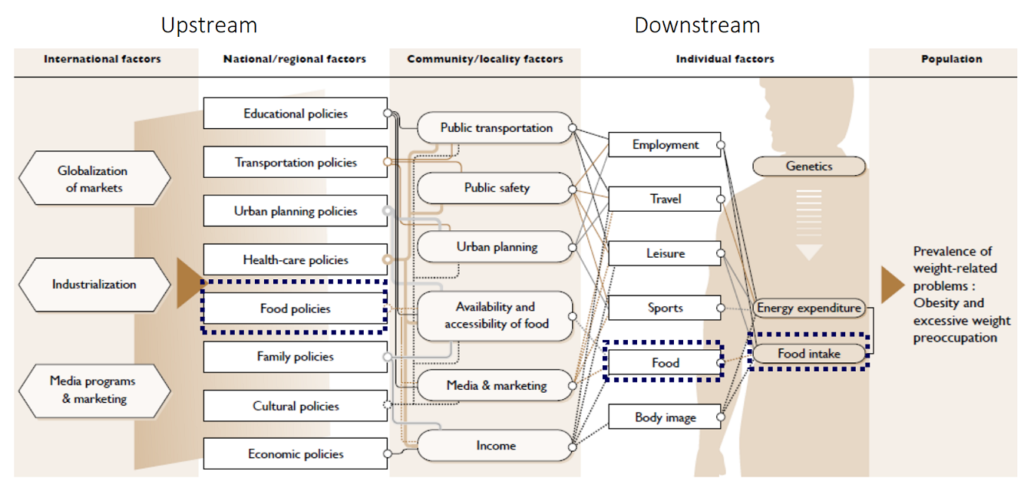
Preparing for Pain: A Doctor’s Journey Through Spine Surgery and Healing
As I prepare for my upcoming spine surgery, I am acutely aware of the challenges that lie ahead. This isn’t my first surgery; I’ve been down this path before. The pain, both immediate and prolonged, is not an unknown entity. It is a formidable adversary that I must confront with a strategic plan, ensuring that I manage my pain effectively and navigate the long road to recovery with resilience and hope.
Understanding Post-Operative Pain
Pain after spine surgery is inevitable. The trauma to tissues, muscles, and bones during the procedure triggers a cascade of inflammatory responses, leading to significant discomfort. While this pain is a natural part of the healing process, it can be intense and overwhelming, especially in the initial days following the surgery.
Developing a Pain Management Strategy
To face this challenge head-on, I am developing a comprehensive pain management strategy that encompasses both the immediate post-operative period and the extended healing process over the next year.
Here’s my approach:
1. Medication Management: Pain medications will be crucial in the initial days post-surgery. I plan to work closely with my medical team to ensure I have a balanced regimen of pain relief that includes both opioid and non-opioid options to minimize side effects and dependency risks.
2. Physical Therapy: Early and consistent physical therapy will be vital in my recovery. Starting with gentle movements and gradually increasing intensity will help maintain mobility and prevent stiffness, contributing to overall pain reduction.
3. Mind-Body Techniques: Practices such as mindfulness, meditation, and deep-breathing exercises can be powerful tools in managing pain. These techniques help shift focus away from the pain and promote relaxation, reducing stress and its amplifying effect on pain.
4. Faith and Spiritual Support: Leaning on my faith and seeking spiritual support will provide strength and comfort during this challenging time. Whether through prayer, meditation, or connecting with a faith community, this aspect of my strategy will help sustain my emotional and mental well-being.
5. Support System: Having a robust support system in place is essential. Family, friends, and healthcare providers who understand my journey can offer emotional support, practical assistance, and motivation when the going gets tough.
6. Nutritional Support: A diet rich in anti-inflammatory foods, proteins, and essential nutrients will support healing and potentially reduce pain levels. Proper hydration and avoiding inflammatory foods will also be part of my strategy.
7. Care for Caregivers: Recognizing the critical role that caregivers play, I plan to ensure they receive the support they need. Regular breaks, emotional support, and moments of respite will help them stay strong and effective in their roles.
Long-Term Healing and Therapy
Once the initial post-operative phase is over, the long journey of healing begins. This year-long process will involve:
1. Adherence to Physical Therapy: Consistent and progressive physical therapy will be crucial. As my bones fuse and strength returns, I’ll need to follow my therapist’s guidelines to rebuild muscle, improve flexibility, and regain functional skills.
2. Setting Realistic Goals: Recovery is a marathon, not a sprint. Setting realistic, incremental goals will help me stay motivated and measure my progress without becoming overwhelmed.
3. Monitoring and Adjusting Pain Management: Pain levels will fluctuate throughout the year. Regular check-ins with my medical team will ensure that my pain management plan remains effective and adjustments are made as needed.
4. Mental Health Care: Chronic pain and long-term recovery can take a toll on mental health. Seeking support from mental health professionals, engaging in counseling, or participating in support groups can provide much-needed psychological support.
5. Patience and Self-Compassion: Healing takes time, and setbacks are part of the process. Practicing patience and self-compassion will be vital in maintaining a positive outlook and staying committed to the recovery plan.
6. Caregiver Support: Ensuring that my caregivers receive the support and respite they need is crucial. Providing them with regular breaks, emotional support, and practical assistance will help them stay strong and maintain their well-being.
Embracing the Journey
Facing another spine surgery with the knowledge of the pain that lies ahead is daunting. However, by embracing a comprehensive pain management strategy and preparing for the year of healing to come, I aim to navigate this journey with strength and resilience. Each step, no matter how small, brings me closer to a stronger, healthier version of myself.
To anyone else facing similar challenges, know that you are not alone. Together, with careful planning, faith, and unwavering determination, we can conquer the pain and emerge on the other side, stronger and more resilient than ever before.










Responses